



inmarg
gamer level 10
125906 xp
125906 xp
followers
51
51
Use my invite URL to register (this will give me kudos)
https://boardgaming.com/register/?invited_by=inmarg
profile badges




recent achievements

King John's Treasure
Explore select games by completing a series of exploration actions ...learn more »
Explore select games by completing a series of exploration actions ...learn more »

Count / Countess
Gain 50 total followers
Gain 50 total followers

Gamer - Level 10
Earn Gamer XP to level up!
Earn Gamer XP to level up!

Chief Inspector
Follow a total of 40 games
Follow a total of 40 games
Player Stats
Critic (lvl 3)
1425 xp
1425 xp
Explorer (lvl 6)
9165 xp
9165 xp
Professor (lvl 3)
1043 xp
1043 xp
Reporter (lvl 4)
2780 xp
2780 xp
About Me
I got interested in games in the mid 80s but the availability in Norway back then wasn't top notch to be frank.
Early 90s I met a friend who introduced me to serious games so my line of gateway games is a bit unusual: Advanced Civ, 1830, Talisman 3rd and similar.
Later in 90s he was also the one who introduced me to settlers and from there on it has gone mostly one way with about 400 games in my collection.
I'm willing to try almost any game although I've mostly stopped playing the TP and Q&A games as I got enough of those in my early days.
Early 90s I met a friend who introduced me to serious games so my line of gateway games is a bit unusual: Advanced Civ, 1830, Talisman 3rd and similar.
Later in 90s he was also the one who introduced me to settlers and from there on it has gone mostly one way with about 400 games in my collection.
I'm willing to try almost any game although I've mostly stopped playing the TP and Q&A games as I got enough of those in my early days.







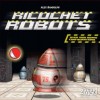
















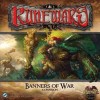
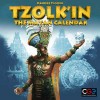









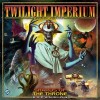





















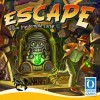
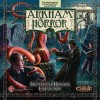







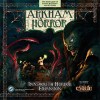

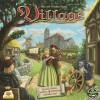


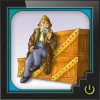


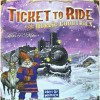


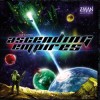







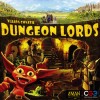








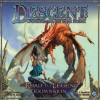






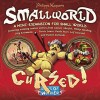
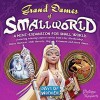



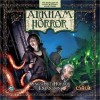

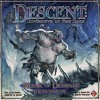

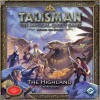




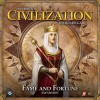
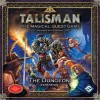







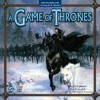

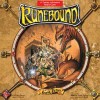


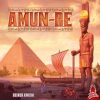


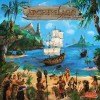
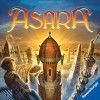





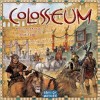


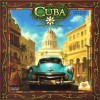


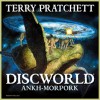
















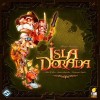



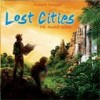





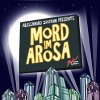


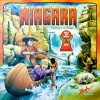





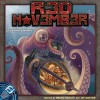





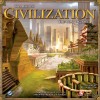
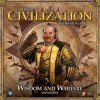







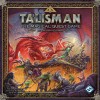
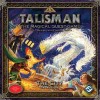
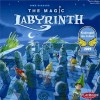


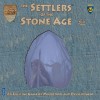



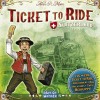


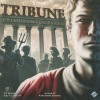









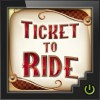


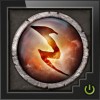
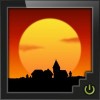





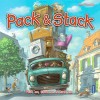





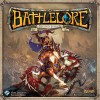






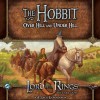
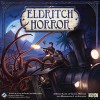
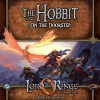







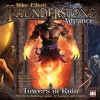
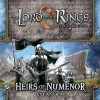
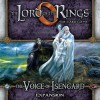


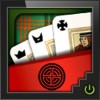
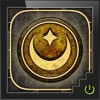












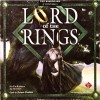




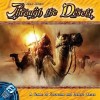

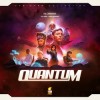
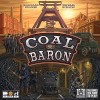















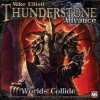
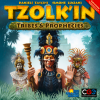


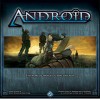
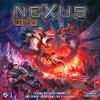
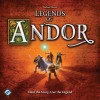



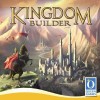



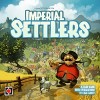









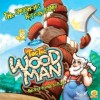




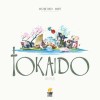







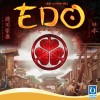



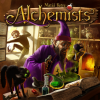







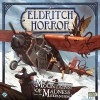




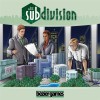

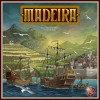
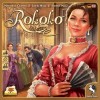
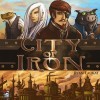





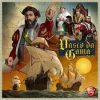


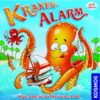

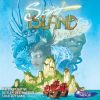



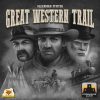












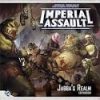
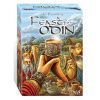
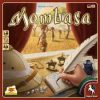

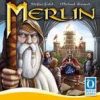
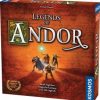




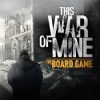



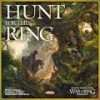




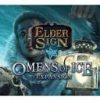
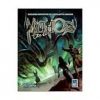
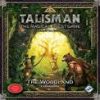

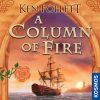







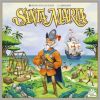












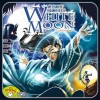




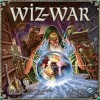


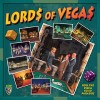




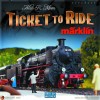

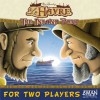


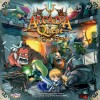

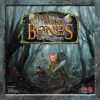






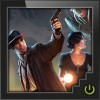



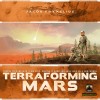







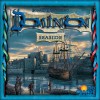
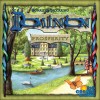
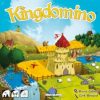




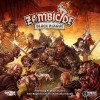


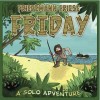


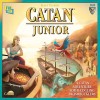
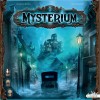


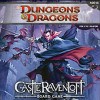



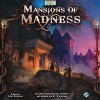


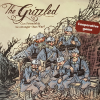


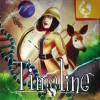


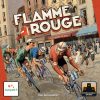
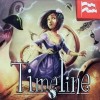
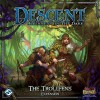

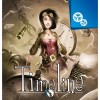






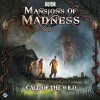






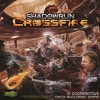


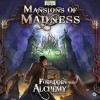



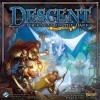

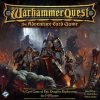
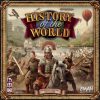



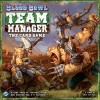






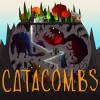
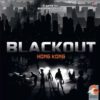
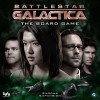

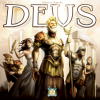

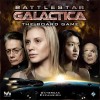



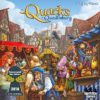



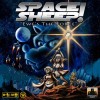







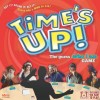




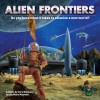
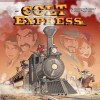

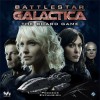






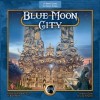
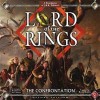







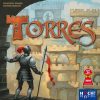


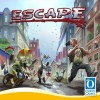
![Go to the Level 7 [Omega Protocol] page Go to the Level 7 [Omega Protocol] page](https://boardgaming.com/wp-content/uploads/2013/06/LEVEL-7-Omega-Protocol--100x100.jpg)





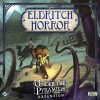


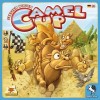

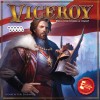




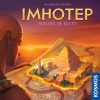








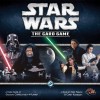
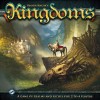

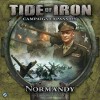







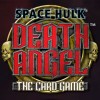












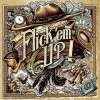

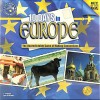












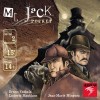

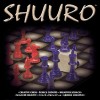

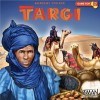







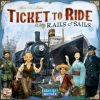

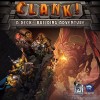






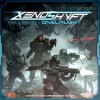
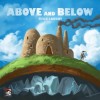

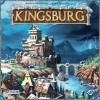





Ricochet Robots
Intro:
I first came into contact with RR back in 1999 when a friend of mine had picked it up. This was the time when it was called Rasende Roboter which does have a different meaning altogether in Norwegian as the word rasende means angry in my native language.
It was explained to us that the game was all about a warehouse using robots to fetch the needed items which also was a seller as we were all working at a furniture warehouse at the time.
Gameplay:
Ricochet Robots is a very clever game hidden behind few components. There are 8 corners with 4 or 5 target squares, 17 target squares in 4 colours + 1 rainbow target, 5 robots and a timer. Each corner is double sided with each target appearing on a total of 4 boards. A complete board is built up using 4 corners in a way that all 17 targets will appear once giving a lot of replayability in the different setups. The robots are placed in random locations on the board (we usually dropped them from about a foot high) and the 17 targets are mixed face down.
One target chit is flipped and revealing a target and the goal of the game is to find the shortest number of moves in which the robot of the target’s colour can reach said target. The problem is that the robots can only move in a straight line until it hits a wall or another robot so often you’ll have to move several robots around to find the shortest solution. Of course there isn’t unlimited amount of time either. As soon as a player finds a solution everyone will have one minute to come up with a shorter solution. The player with the best solution will earn the chit as a point and then a new target is flipped and counting starts all over again from the new positions of the robots.
After all 17 targets have been recovered the winner is the one with most chits.
Strategy:
RR doesn’t have a lot of room for strategy because it moves so quick and you’ll never know where the robots will be at when a target is drawn. This game is all about logic and seeing the possibilities as fast as you can. While the majority of solutions will be in the 5-8 region it is not uncommon with neither a 3 nor 15 mover now and then.
However, experience will be of great advantage in this game and an experienced player should quite easily beat a rookie player simply because he will recognize patterns on the board and how to best use robots to reach several targets. From what I’ve seen new players will often focus on two robots at most which often will lead to longer solutions.
Conclusion:
I’ve always been a fan of deduction and logical puzzles and thus this game found a sweet spot for me which I happened to do well at. In fact, my last live loss in this game came back in 1999 on the second game we played. Nowadays when it hits the table with people I know it will be a two team challenge, me vs everyone else…and this is my biggest issue with the game. It is very dependent on people being of similar skill level. Other than that it is almost a piece of art in all it’s simplicity.